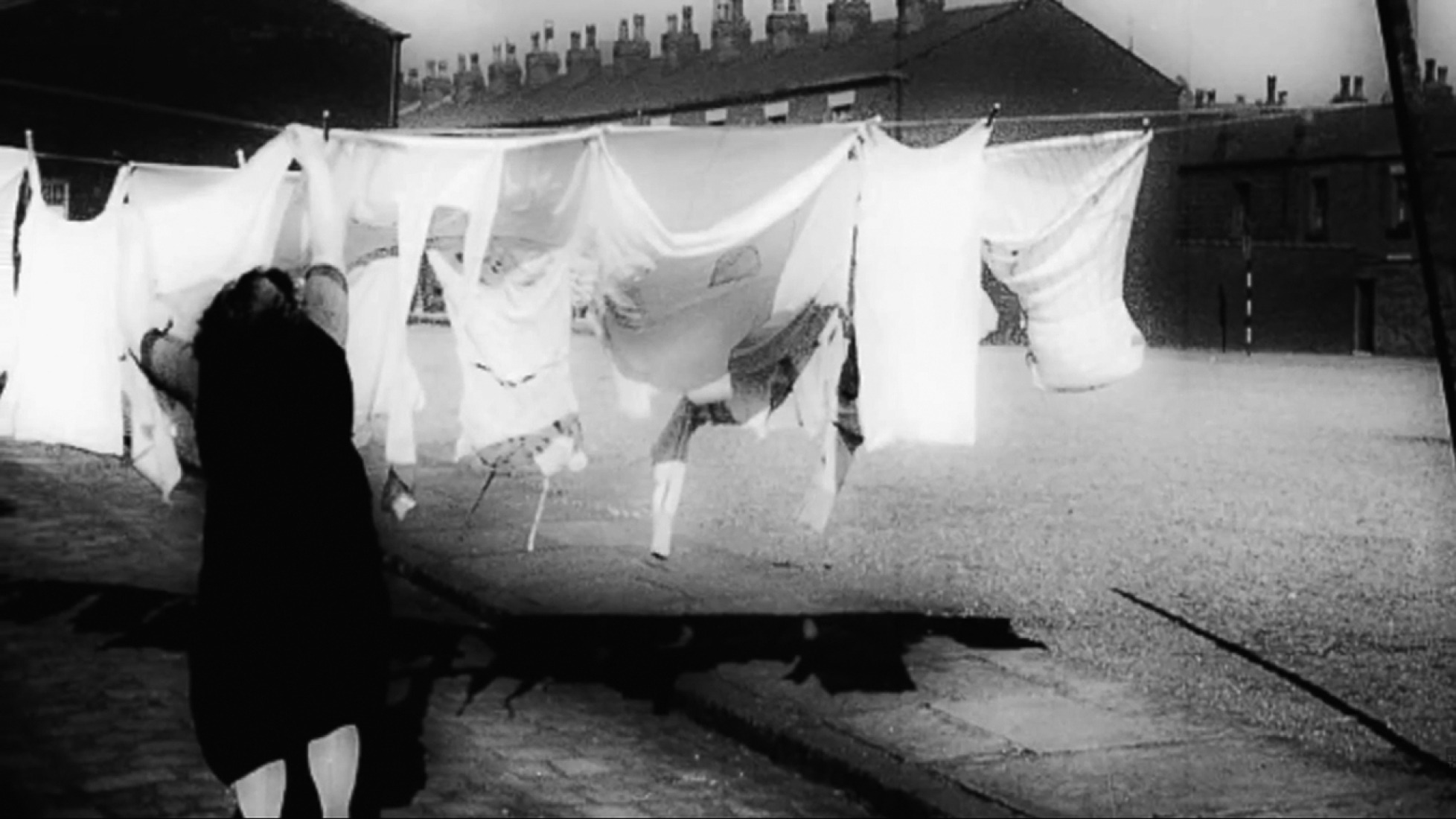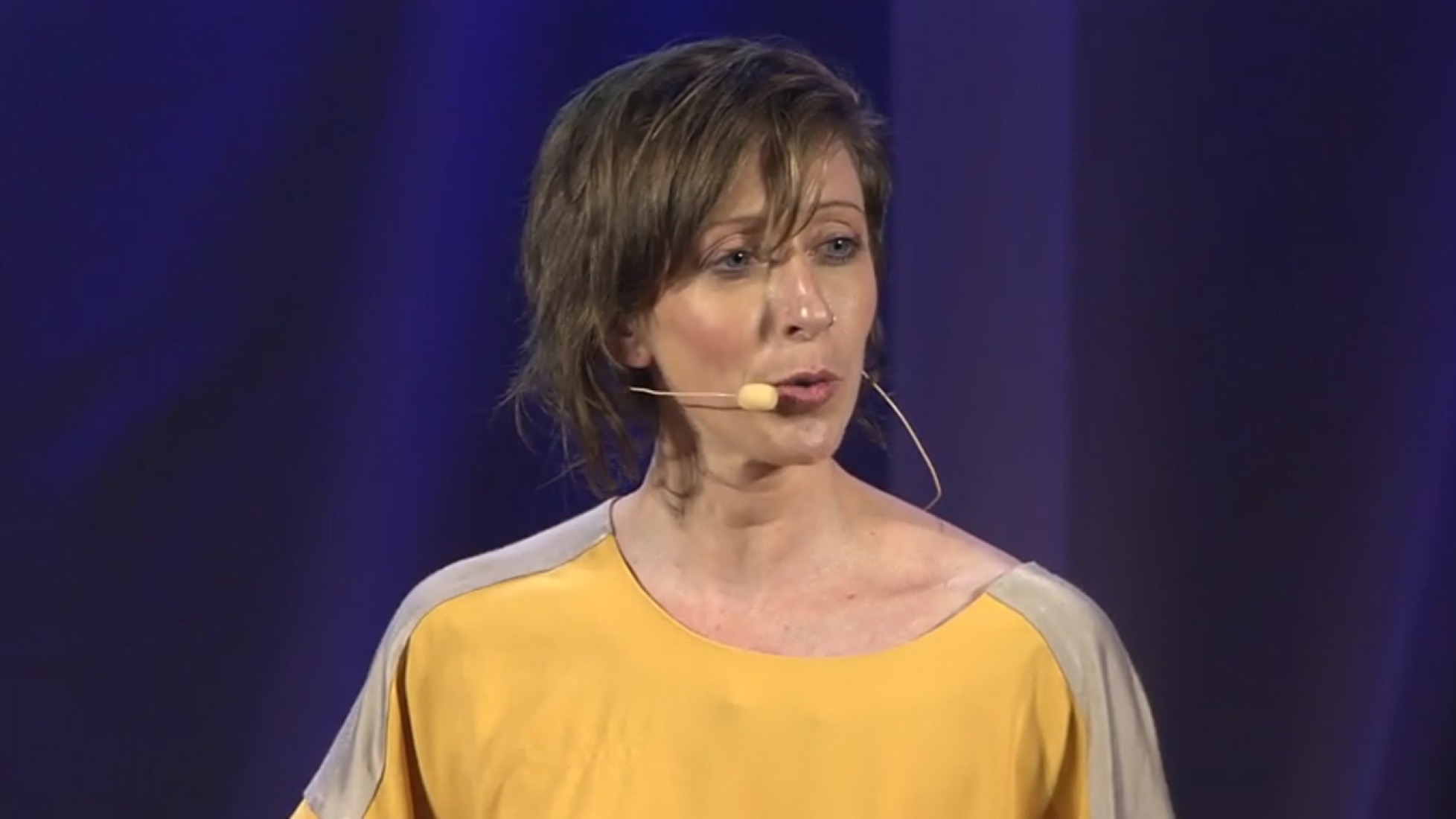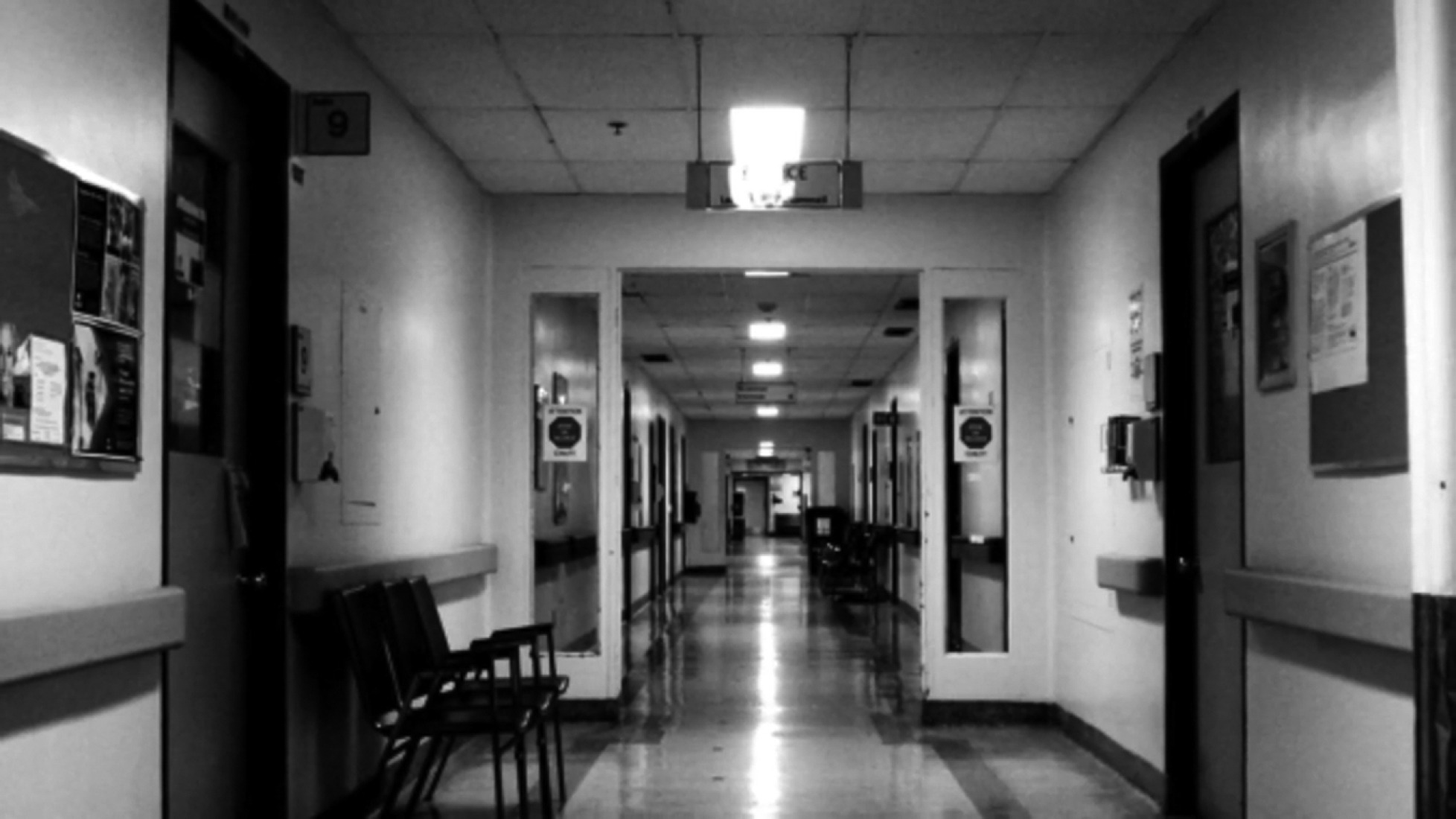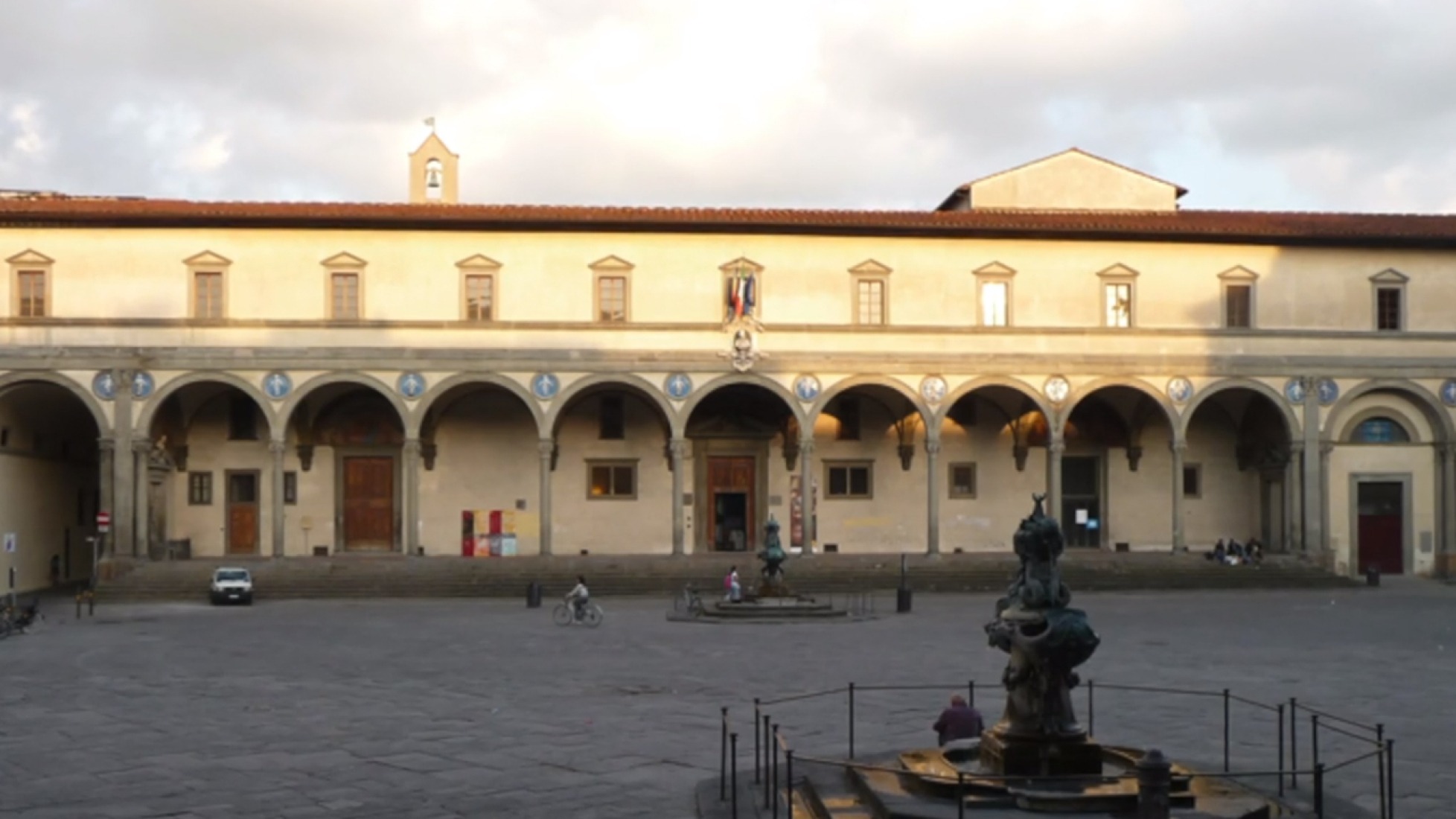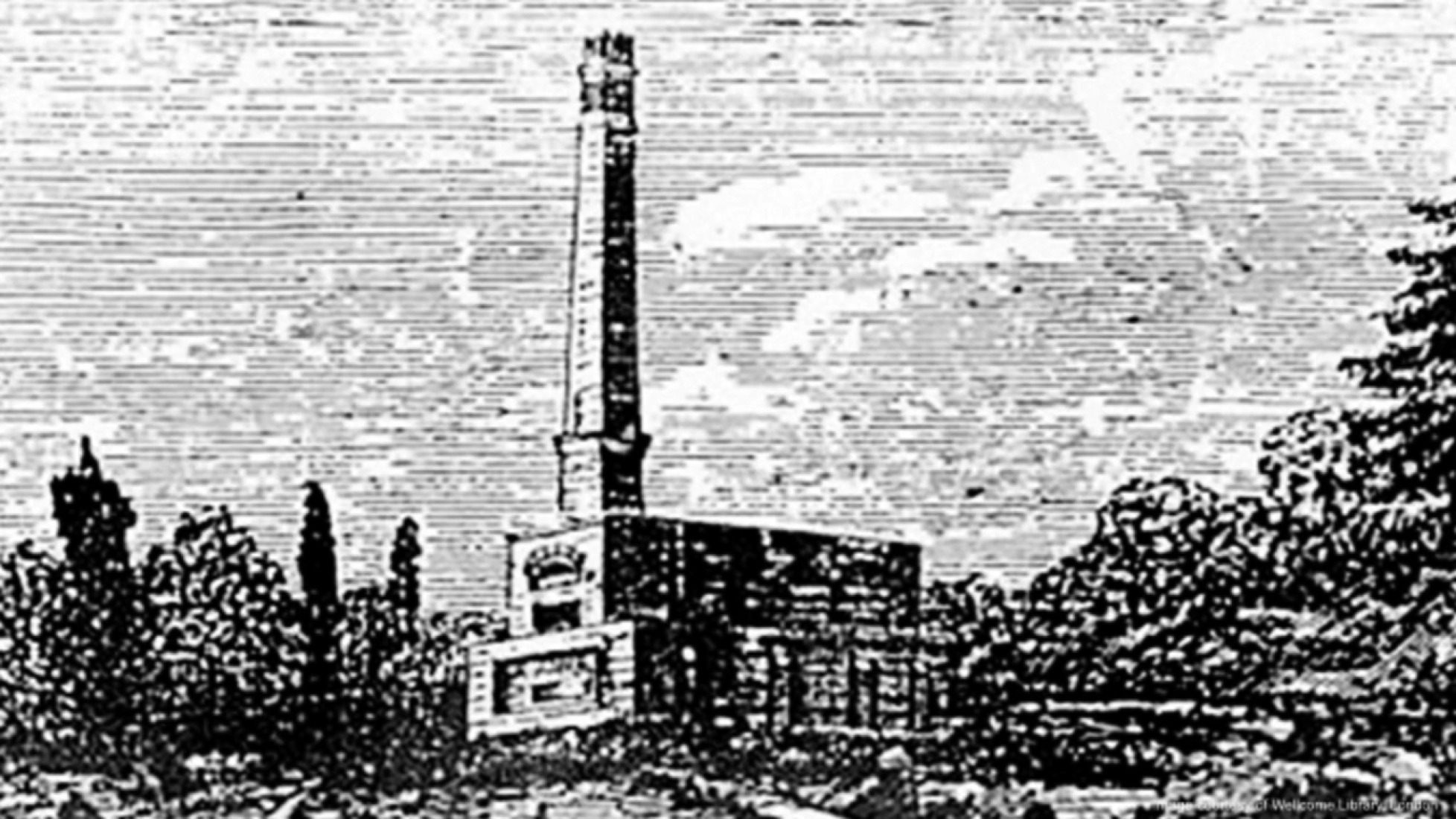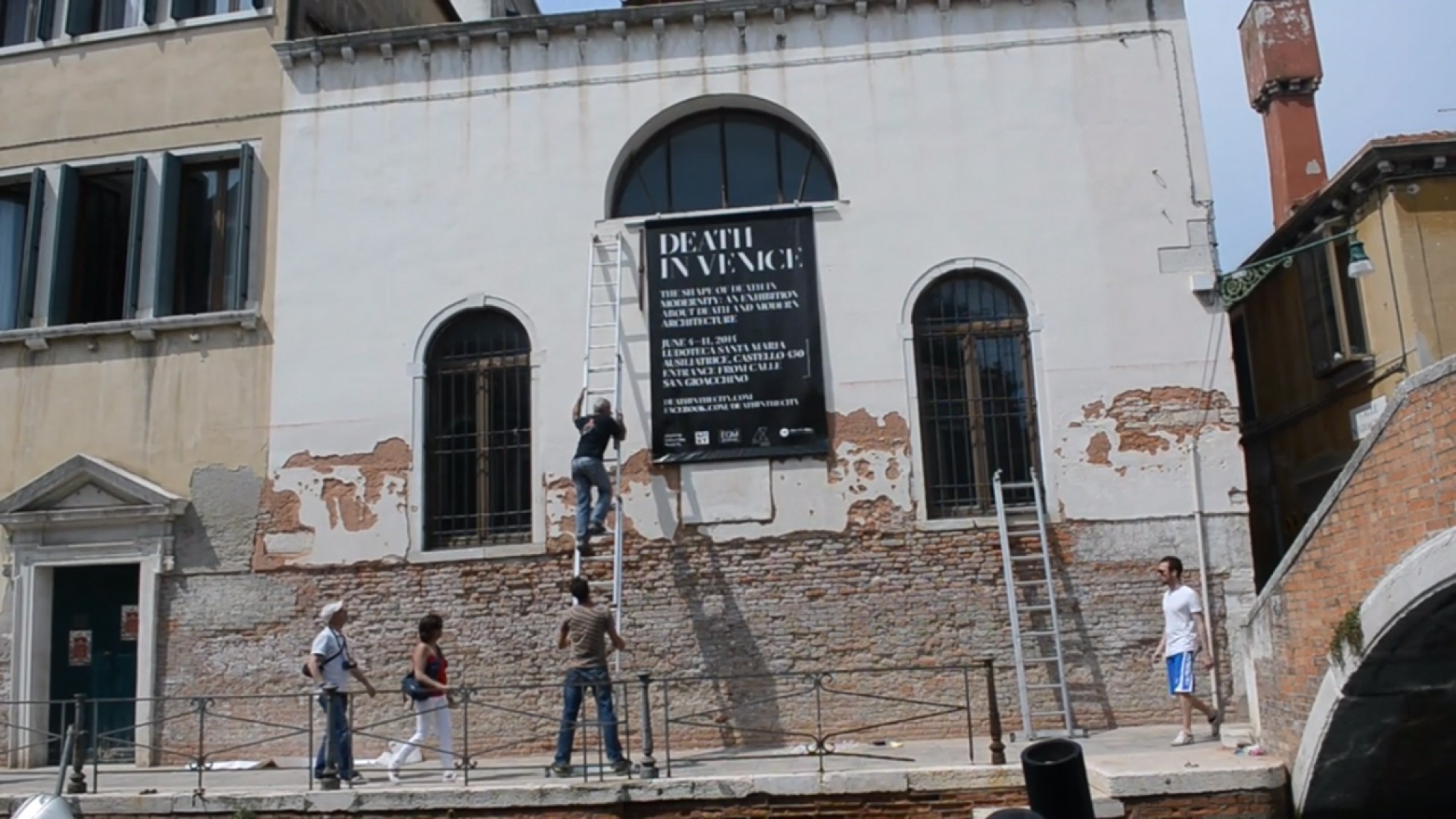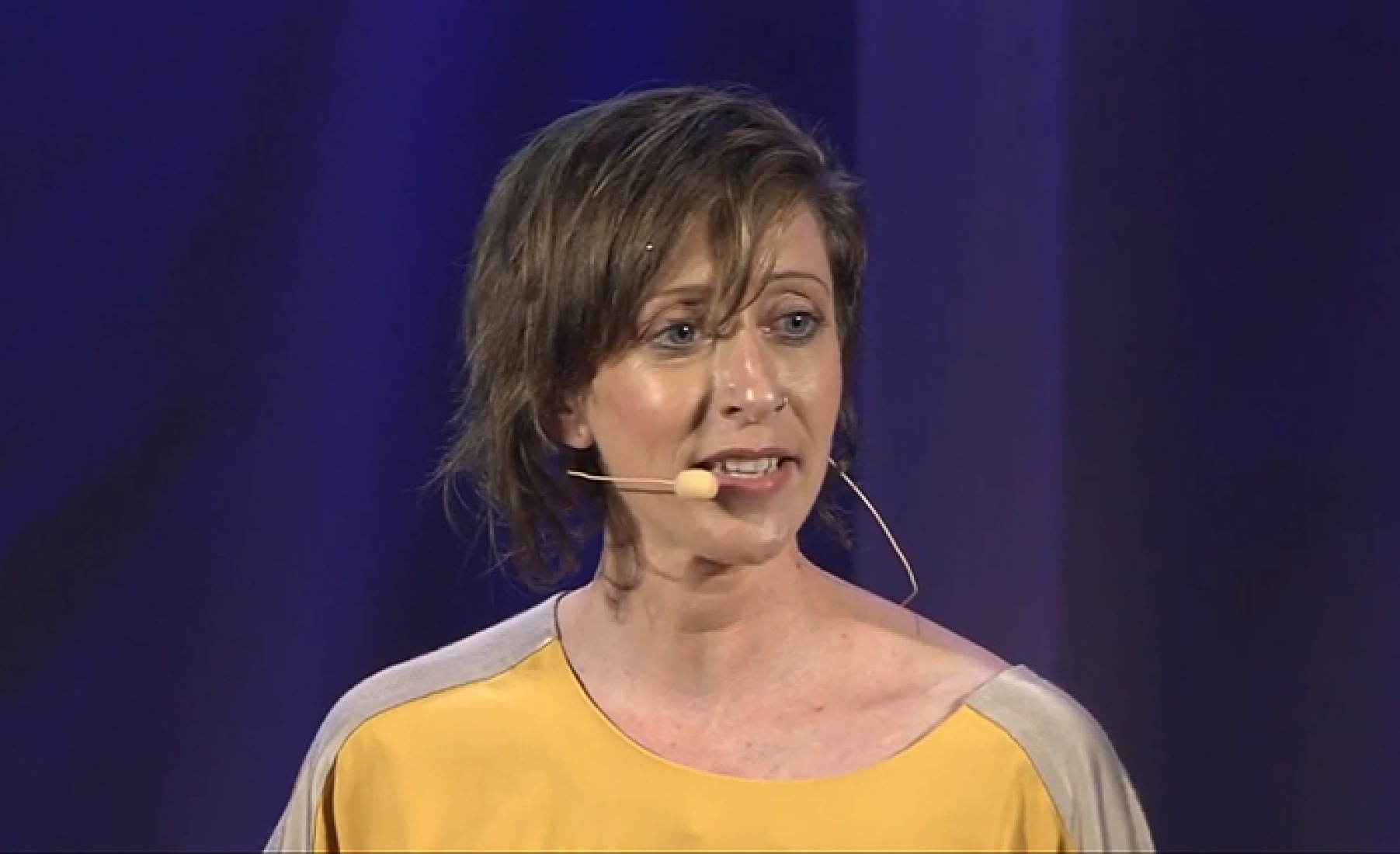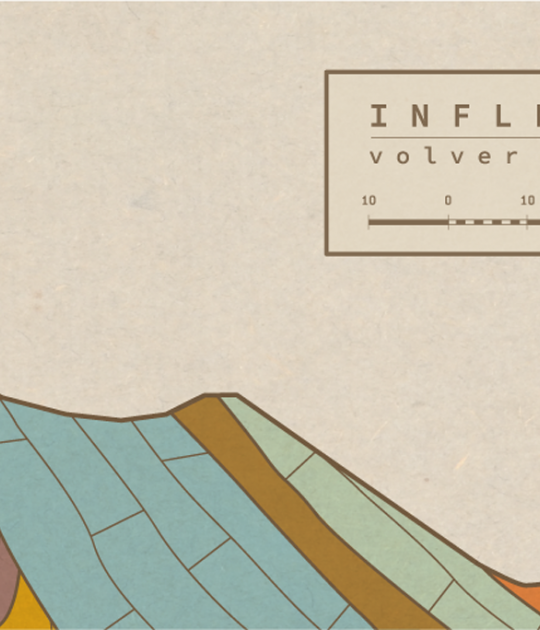The way we die is changing, and the way we build for dying ... well, maybe that should too. It's a surprisingly fascinating look at a hidden aspect of our cities, and our lives.
The 20th century was this time of huge optimism about what science could offer, but with all of the focus on life, death was forgotten, even as our approach to death changed dramatically.
L'Ospedale degli Innocenti, built in 1419 by Brunelleschi, who was one of the most famous and influential architects of his time. And when I look at this building and then think about hospitals today, what amazes me is this building's ambition. It's just a really great building. It has these courtyards in the middle so that all of the rooms have daylight and fresh air, and the rooms are big and they have high ceilings, so they just feel more comfortable to be in. And it's also beautiful. Somehow, we've forgotten that that's even possible for a hospital.
...if we want better buildings for dying, then we have to talk about it...
But actually, I would question whether there is one way that you're supposed to act around death, and if there's not, I'd ask you to think about what you think a good death is, and what you think that architecture that supports a good death might be like

